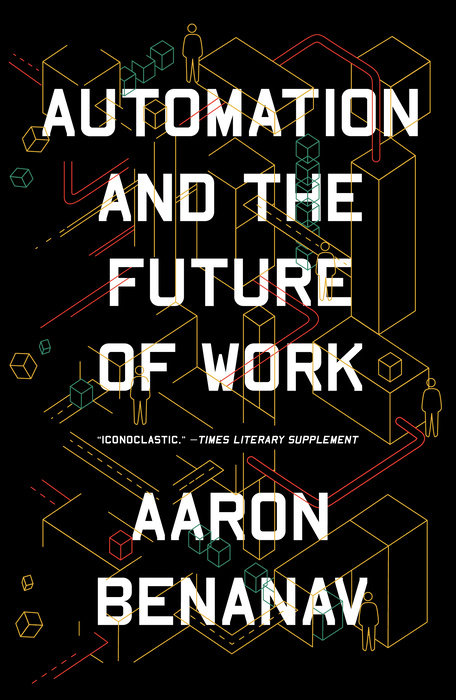How capitalism’s recent history is judged depends on where you start in time. From the vantage point of the late 1990s, it was a triumph. Strong wage and GDP growth, rapidly globalizing trade, and, most intoxicatingly, the ascent of new technologies in telecommunications gave many the sense that capital was sending us into a new era of prosperity where, as the saying then went, “rising tides would lift all boats.” As naïve as it sounds now, the progress was real, if uneven and short-lived. The view a decade later, of course, would be quite different. From that standpoint, the late 1990s would rightly be remembered as merely the byproduct of dollar-depreciation and a debt-fueled asset bubble. We overcame that bubble through easy credit and mortgage securitization pumping up an even bigger asset bubble that would wreak havoc worldwide beginning in 2007. Amid the fallout of the financial crisis, the optimism encapsulated by the idea of rising tides disappeared. This was no time for metaphors. Something tangible was needed. The constant refrain then, as now, was: we don’t make stuff anymore.
In one sense, this is undeniable. There is something weightless about production in the now-matured “new economy.” This economy deals in data, “knowledge,” financial instruments and transactions, and promises of frictionless futures by way of apps. Cars and clothes, toys and tablets—these tangible things have seemingly been left for the machines and the global proletariat to produce. It’s an on odd picture of American economic life, one with an abundance of entrepreneurs and consumers, but, apparently, no workers. They belong in the past, the corpse of which can be found dotting abandoned factories across the Midwest. Indeed, by now columns by coastal reporters parachuting into the Rustbelt to encounter survivors of deindustrialization have become a cottage industry. The tales might be overly familiar, but that doesn’t make the reality any less horrid. Deaths by alcoholism, suicide, or drug overdoses in regions plagued by chronic unemployment have produced what was previously unthinkable: declining life expectancy in the world’s wealthiest nation.
Yet despite all this despair, somehow the U.S. is awash with capital. If we don’t make stuff anymore, why? The global currency reserve role of the dollar in the world economy is one answer, of course. The speculative frenzy backstopped by the Federal Reserve—the grim alternative to which appears to be higher interest rates and higher unemployment—is another. But there is some actual investment going on. Where is that money headed and what does it do? Much of it chases liquid assets, seeking quick returns based on value fluctuations, rather than fixed capital that can both employ more people and increase productivity. Relatively little of current capital flows increase the productivity of service sector workers that constitute vast majority of the workforce, particularly in the low wage ranks of the health care, education, hospitality, and retail industries where people do things rather than make them. These colossal industries suffer from low profits, low investment, low wages, and low productivity growth. Their supplanting of the more dynamic manufacturing sector in the U.S. economy goes a long way in explaining the economic stagnation and rising inequality that has cursed the U.S. since the 1970s. But for all the warranted despondency over the shape of American capitalism, in the eyes of much of the world, the U.S. continues to possess the “crown jewel of capitalism” that causes investors to throw mountains of money at sometimes transparently stupid things: Silicon Valley.
